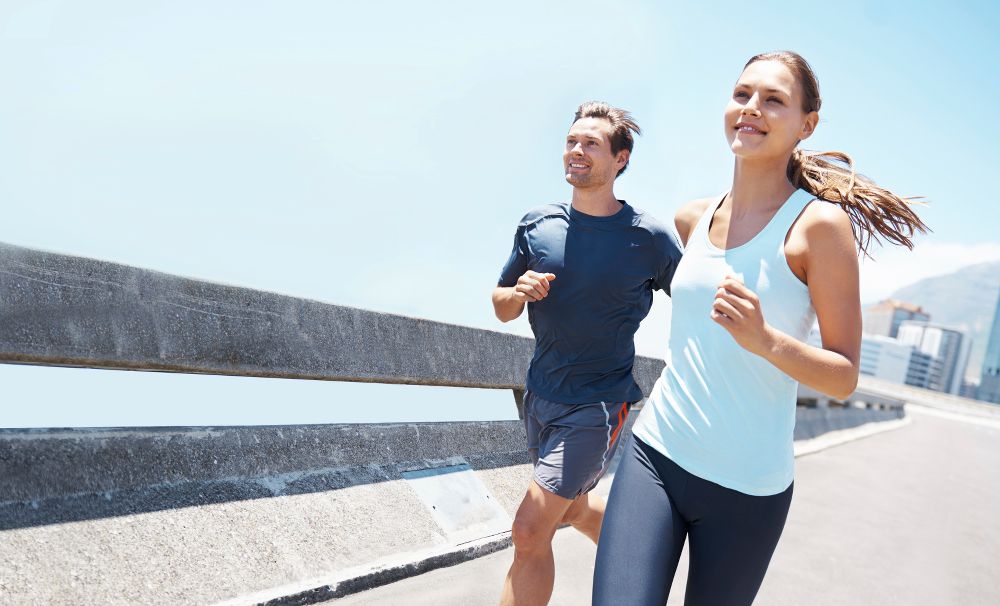Brain-Health Phosphatidylserine Now Targets Athletes
Enzymotec says PS can help increase stamina during exercise and boost post-exercise recovery.
Photo © iStockphoto.com/shapecharge

Brain-health mainstay ingredient phosphatidylserine (PS) is gaining traction in sports nutrition. Phospholipids supplier Enzymotec (Migdal HaEmek, Israel) has launched EnzySport, a PS ingredient for athletes.
EnzySport features Enzymotec’s proprietary Sharp PS ingredient, which contains PS extracted from soy. The company says the EnzySport “formulation has been optimized to deliver benefits to athletes taking part in strenuous sporting activities” and that PS can help increase stamina during exercise and boost post-exercise recovery.
There is already some evidence that PS can benefit athletes. Enzymotec points to two studies published in 20061 and 20052, respectively. The first study showed that PS helped cyclists ride 30% longer before reaching exhaustion. The second study showed that, following intermittent running exercises, soreness levels in a placebo group were 50% higher compared to subjects supplementing with PS.
“We know that even the smallest margins make a tangible difference in sport. With EnzySport, however, athletes can experience big benefits that will enable them to make the most of their training sessions and perform at their highest level in competitive events,” said Enzymotec’s president and CEO, Ariel Katz, in a press release.
“Our Sharp PS is already well established in the cognitive-health category. This new formulation now takes it into fresh territory and presents and exciting option, with proven efficacy, for manufacturers and brands operating in the sports nutrition space,” he continued.
Jennifer Grebow
Editor-in-Chief
Nutritional Outlook magazine
jennifer.grebow@ubm.com
References:
Kingsley M, “Effects of phosphatidylserine supplementation on exercising humans," Sports Medicine, vol. 36, no. 8 (2006): 657-669.
Kingsley M et al., “Effects of phosphatidylserine on oxidative stress following intermittent running,” Medicine and Science in Sports and Exercise, vol. 37, no. 8 (2005): 1300-1306.

.png&w=3840&q=75)

.png&w=3840&q=75)



.png&w=3840&q=75)



.png&w=3840&q=75)



